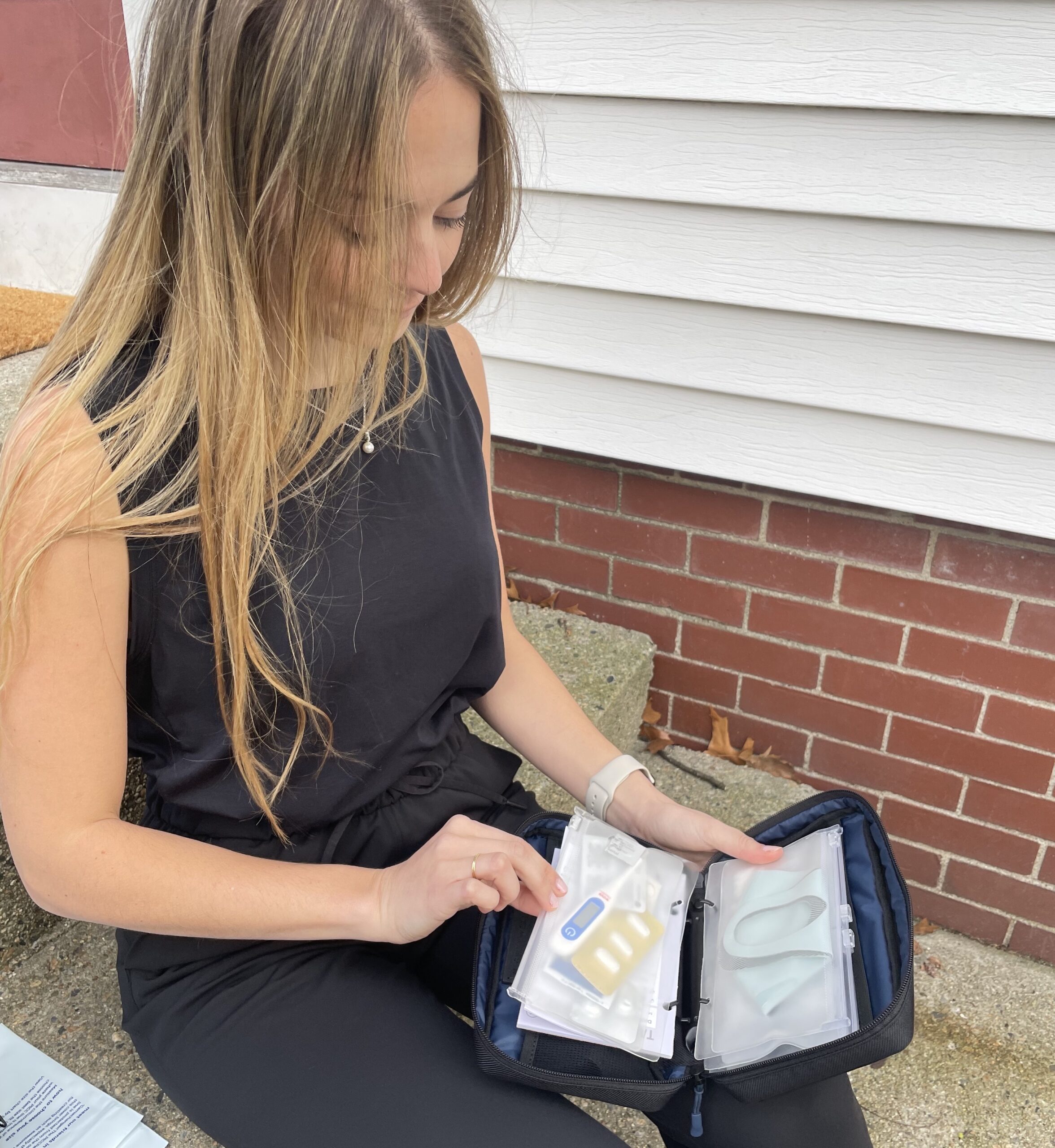Anxiety disorders are the most common mental illness in the U.S., affecting over 40 million adults in the United States age 18 and older – 18.1% of the population – every year. I am one of them. If you have an anxiety disorder too, you are not alone. There are 3 main factors that helped me manage anxiety attacks, and ultimately, learn how to prevent them.
1. self-discovery: identify your triggers
Anxiety is normal, even healthy. The danger comes when it becomes overwhelming. It can be helpful to try to understand what is causing higher than normal levels of anxiety for you.
I haven’t shared this with a lot of people, but several years ago I was driving by myself at night and got into a car accident that quickly set off a panic attack. That was my first ever panic attack. The ambulance took me to the nearest hospital and after the doctor assured me I was now safe, he also warned me that this first panic attack could set off a panic attack disorder. Unfortunately, he was right on point.
I had several follow-up panic attacks and spent countless distressed nights with barely any sleep. As soon as this started, thankfully, multiple family and friends recommended I see a therapist – and I will be forever thankful they did.
I found a psychiatrist who diagnosed me with a generalized anxiety disorder with panic attacks. Apart from having me explain what were the situations in my life I thought were the cause of my anxiety, she asked me to write down what I was thinking or doing just before the panic attack started – my triggers. I quickly noticed that I had two recurring ones: The first was driving alone at night (probably due to the car accident) and the second one was any issue related to my health; any physical symptoms I had would quickly evolve in my head and detonate an anxiety attack.
2. develop a mental health routine
To prevent the anxiety attacks, I avoided driving after dark by myself at all costs. For the second trigger, I ran to CVS and got one of each OTC medication for any possible health challenges I thought I could potentially face, and I would take them around with me everywhere.
These tactics helped, but obviously, I knew this wasn’t sustainable. My doctor prescribed an SSRI (selective serotonin reuptake inhibitor) and I started therapy on a monthly basis. After hours of self-discovery and trigger recognition, I was able to create a mental health team and a lifestyle that incorporates self care – both allowed me to turn my life around!
To this day, I maintain this routine, which includes 6 main pillars:
- therapy
- nutrition
- exercise
- medication
- work-life balance
- spiritual techniques, such as yoga and mindfulness
I’m still on my daily anxiety medication (SSRI) and I still feel compelled to travel with at least my basic medications and anxiety-attack prevention. However, I was able to stop all of my panic attacks and began doing all of the things I had been afraid to do before.
3. in-the-moment interventions
In addition to prevention, my therapist helped me to create a set of interventions for whenever I recognized the symptoms that I would get just before an anxiety attack. I now feel prepared each day by keeping these items with me in my Self Care Case:
- anxiety medication: taken regularly at the same time each day (before bedtime)
- essential oils: I carry a small bottle of lavender essential oils – the strong smell helps to break the mental blockage in my mind and helps me shift my mind’s focus. If I am home, a hot shower with lavender bath soap can do wonders.
- chamomile tea: I carry 2-3 chamomile tea bags, and will swiftly prepare them and hold the cup of hot water in my hands and focus on the smell and feel the warmth in my hands.
- allergy medication: I carry allergy medication with me because one of the symptoms of my anxiety is hives. The allergy medication helps to calm this down.
I never expected this sudden twist in my life, but I am grateful that this conversation has become more open and less stigmatized. It has been comforting to know I am not alone and to have supportive friends, family, and providers who can share their own tips and help me build this routine. Anxiety disorders are highly treatable, yet only 36.9% of those suffering receive treatment. By sharing my story, I hope this helps others that have gone through a similar experience to me. If you feel comfortable and empowered, I invite you to share your story too. Do you have a go-to routine for reducing anxiety? Join the conversation in our Friends in the Fight facebook group!

